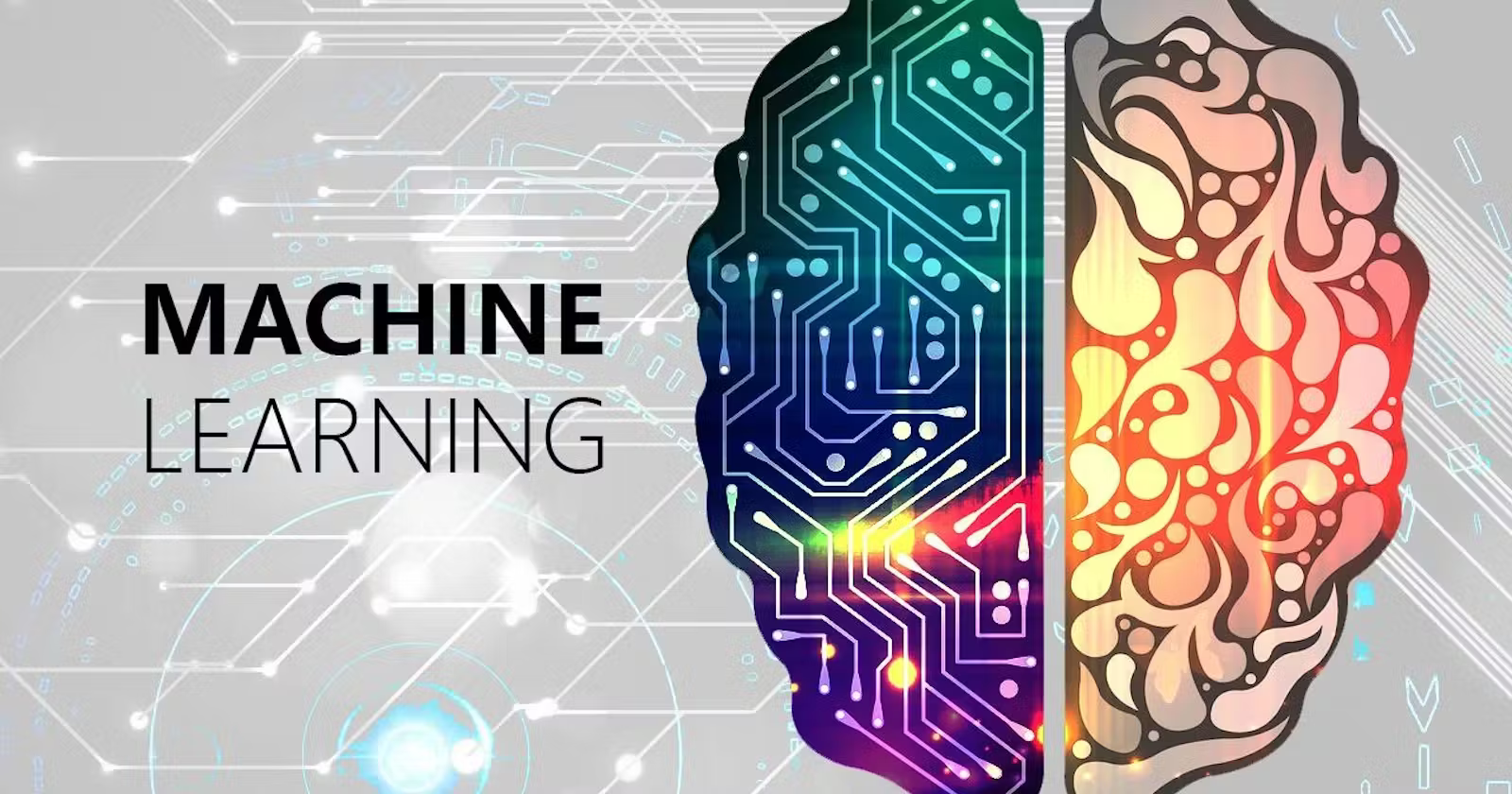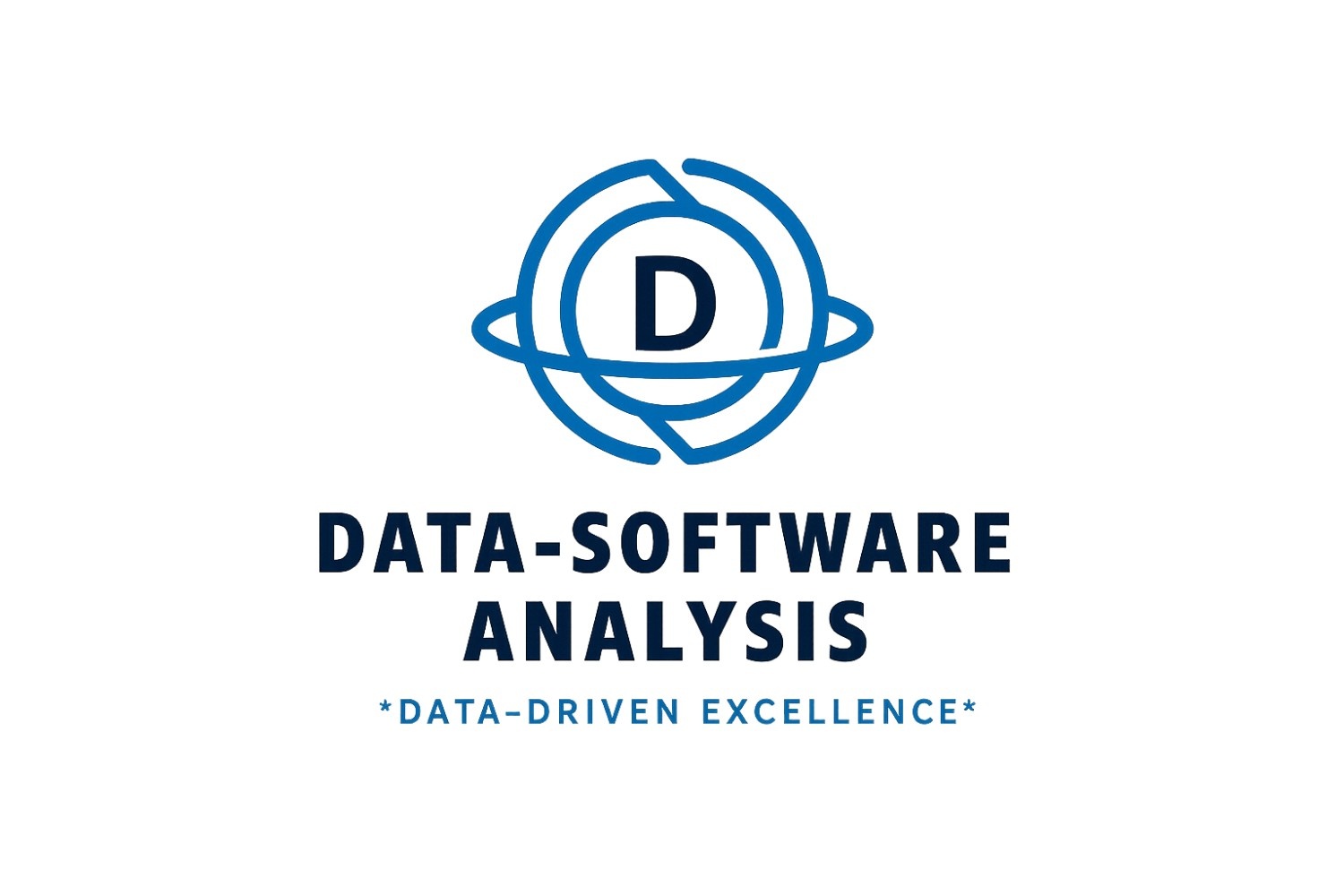
“Unraveling the Mysteries of Transfer Learning in Machine Learning”
Machine learning has witnessed remarkable advancements over the years, and one of the key breakthroughs contributing to its success is transfer learning. Transfer learning is a paradigm that leverages knowledge gained from one task to improve performance on a different but related task.
This approach has revolutionized the landscape of machine learning by enabling models to learn from existing knowledge and adapt it to new domains, ultimately enhancing efficiency and effectiveness. In this article, we will delve into the intricacies of transfer learning, exploring its principles, applications, and future prospects. Machine Learning (ML) has witnessed unprecedented growth in recent years, transforming industries and shaping the technological landscape.
One of the key advancements that has significantly contributed to this progress is Transfer Learning. Transfer Learning is a paradigm within ML that leverages pre-trained models to improve the performance of tasks in new and related domains. In this article, we will explore the concept of Transfer Learning, its applications, benefits, and the impact it has on the field of machine learning.
Understanding Transfer Learning:
Traditional machine learning models are trained on specific datasets to perform a particular task. However, these models often struggle when faced with new tasks or domains due to the lack of relevant data. Transfer learning addresses this limitation by allowing models to transfer knowledge gained from one task to another. This process involves pre-training a model on a source task and then fine-tuning it on a target task.
Transfer Learning involves taking knowledge learned from one task and applying it to a different but related task. Traditional machine learning models are typically trained on large datasets for a specific task and lack the ability to generalize well to new and unseen data. Transfer Learning, on the other hand, capitalizes on the knowledge gained from a source task to enhance the learning process for a target task.
Types of Transfer Learning:
1. Transfer learning can be categorized into three main types: domain adaptation, inductive transfer, and transductive transfer.
2. Domain Adaptation: In domain adaptation, the source and target tasks are the same, but the distributions of the data differ. The goal is to adapt the model to perform well on the target domain despite differences in the data distribution.
3. Inductive Transfer: Inductive transfer involves learning a general representation from the source task and applying it to a new and unrelated target task. This is particularly useful when there is limited labeled data available for the target task.
4. Transductive Transfer: Transductive transfer learning deals with scenarios where the model needs to predict labels for specific instances rather than generalizing to an entire dataset. This approach is beneficial when making predictions on individual data points is the primary objective.
Applications of Transfer Learning:
Transfer learning has found applications across various domains, contributing to breakthroughs in computer vision, natural language processing, and healthcare, among others.
1.Computer Vision: Image classification, object detection, and image segmentation have all witnessed significant improvements with the application of transfer learning. Models pre trained on large datasets, such as ImageNet, have demonstrated remarkable performance when fine-tuned for specific vision tasks.
2. Natural Language Processing (NLP): In NLP, transfer learning has played a pivotal role in the development of language models. Pre-trained models like BERT (Bidirectional Encoder Representations from Transformers) have set new benchmarks for tasks such as sentiment analysis, text classification, and named entity recognition.
3. Healthcare: Transfer learning has been instrumental in medical image analysis, disease prediction, and personalized medicine. Models trained on diverse datasets can be adapted to specific healthcare tasks, leading to more accurate diagnoses and treatment recommendations.
4. Image Recognition: Transfer Learning has proven highly effective in image classification tasks. Pre-trained models, like those trained on ImageNet, can be fine-tuned for specific image recognition tasks, saving computational resources and time.
5. Natural Language Processing (NLP): In NLP, models pre-trained on large text corpora, such as BERT or GPT, can be adapted to specific language understanding tasks like sentiment analysis, named entity recognition, or text summarization.
6. Speech Recognition: Transfer Learning is valuable in speech recognition, where models trained on large speech datasets ca be fine-tuned for specific applications, like voice assistants or speaker identification.
Challenges and Future Directions:
While transfer learning has proven to be a powerful tool, it is not without challenges. One major concern is the risk of negative transfer, where knowledge from the source task hinders performance on the target task. Striking the right balance between reusing knowledge and adapting to new data remains a research focus. The future of transfer learning holds exciting possibilities, with ongoing efforts to develop more robust models that can handle a broader range of tasks. Improving model interpretability, addressing ethical considerations, and exploring novel architectures are key areas for further exploration.
Impact on Machine Learning:
Transfer Learning has had a profound impact on the field of machine learning by addressing some of its longstanding challenges. It has opened up new possibilities for deploying ML models in real-world scenarios, where access to extensive labeled datasets and computational resources may be limited. The ability to transfer knowledge across tasks has not only improved the efficiency of model training but has also contributed to the democratization of machine learning, enabling a wider range of applications.
Er. Rushikesh Kekane
Founder & CEO
"DATA-SOFTWARE ANALYSIS"








